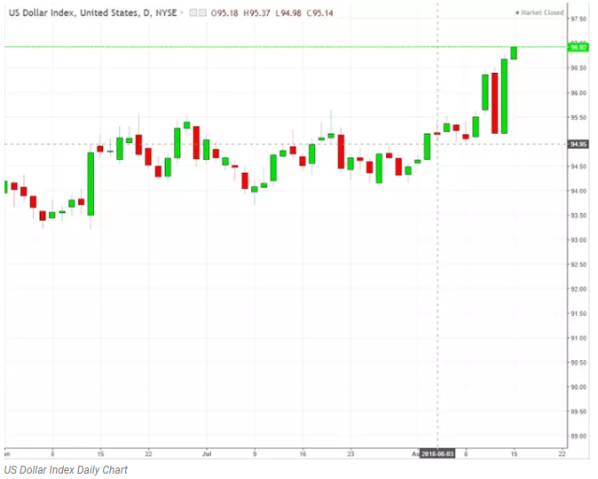
Volatility Risk
The volatility of a security is defined as the change in the asset in percentage terms on an annualized basis. Most investors are cognizant of volatility as it relates to returns on their portfolio especially if the market is moving lower. Volatility can be gauged in many ways and there are a number of popular matrixes that are used to monitor volatility risk.
Measuring Volatility
Most investors view volatility as a measure of an adverse move of their portfolio. In fact, volatility pertains to both upward movements in a security as well as downward movements of a security. The most common way to measure volatility is to determine the standard deviation of the returns of a financial instrument or portfolio.
The reason volatility risk is important is that investors should be paid as the risk increases. Risk is directly related to volatility and increases along with increases in the volatility of a security. There are a number of ways to measure the volatility of a portfolio which including the Sharpe Ratio.
Sharpe Ratio
William Sharpe created a formula in an effort to measure the accuracy of a portfolio relative to the volatility of the underlying returns. The Sharpe ratio measures risk-adjusted returns and divide this measurement by the standard deviation of the average-returns. This tells you how much volatility you need to accept to achieve the returns you desire. The higher the Sharpe ration the more return you receive for a specific amount of volatility. For example, a Sharpe ratio of 2 says that an investors receives twice as much return for the amount of volatility taken.
Historical Volatility
Historical volatility is measured as the standard deviations of a specific period calculated on an annualized basis. For example, a historical volatility of 30% reflects a security that has moved 30% from one point to another over the course of a year.
When a financial security has a higher volatility relative to a comparable benchmark, the security is described as having a high beta.
Beta
The beta of the security is a measurement in which the number reflects its relationship to its benchmark, with the number 1, reflecting a neutral reading. A security with a beta of 1 would move in tandem with its benchmark. A security that is less than one is less volatile than its market benchmark, while betas that are greater than 1 are more volatile than their benchmark.
Hedging
The volatility risk of a portfolio can be hedge with a number of financial instruments including options and indexes. Options are the right but not the obligation to purchase or sell as security at a specific price on or before a certain date. An option is priced based on implied volatility which assists in the process of hedging volatility risk. Implied volatility risk is known as the Vega or a security. To hedge a portfolio of stock, and invest can use a put option which give the investor the right to sell a security or index and therefore would protect the investor against an adverse move in stocks. Volatility risk is important to understand as it is prevalent in all portfolios.





